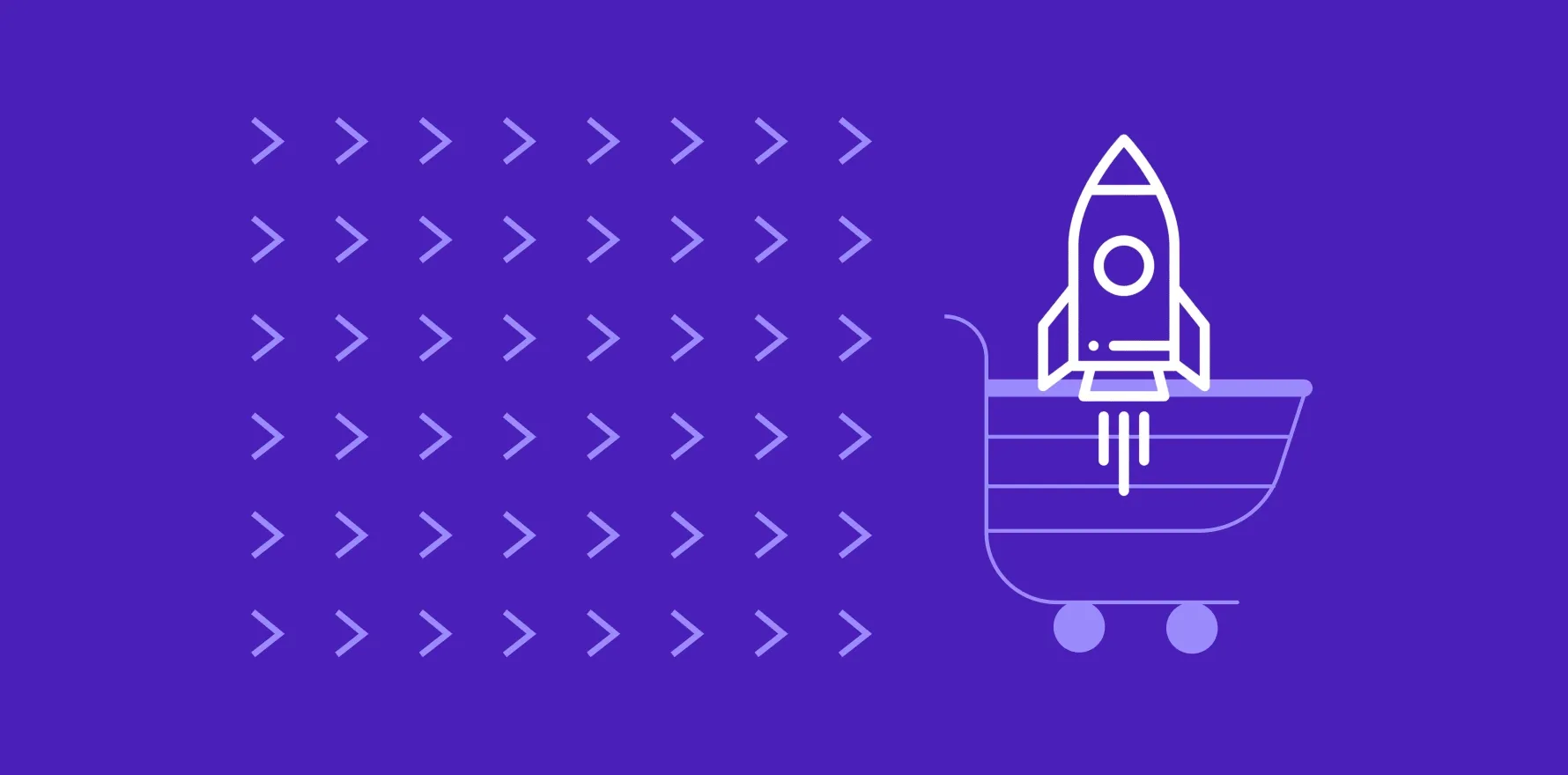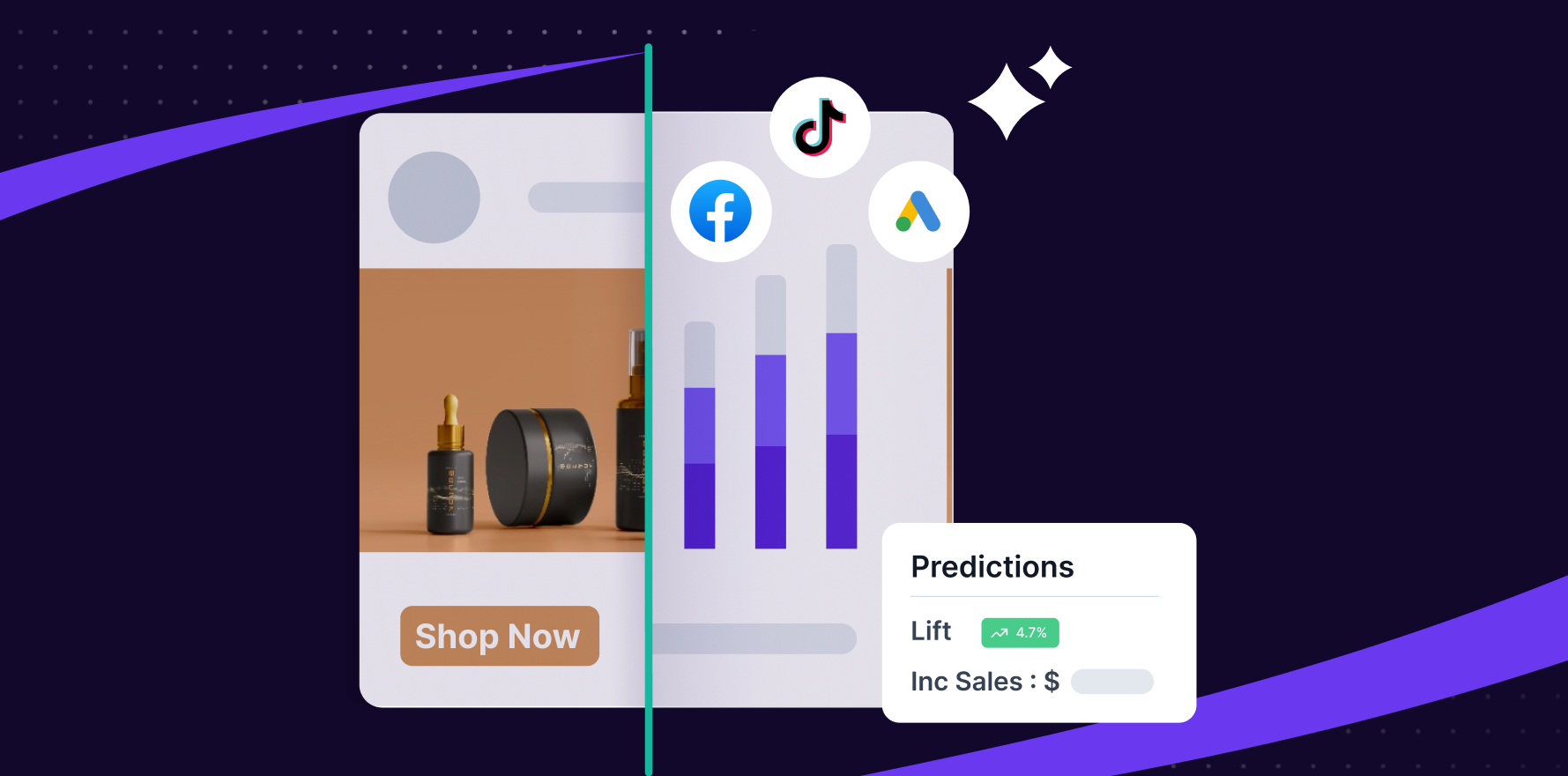Your customer’s average order value is a key metric to track when driving growth. With targeted upselling and cross-selling strategies, you can increase the lifetime value of each shopper. Read on to find out all that you need to know about upselling and cross-selling and a few tried and tested tips for you to run your upselling and cross-selling engine with ease and achieve great results.
Wouldn’t you want to increase your sales by 20% by employing robust cross-selling strategies? That’s how much targeted cross-selling profits your business, according to McKinsey. How about upselling to your existing customers since they are 60% more likely to buy from you anyway?
Sound upselling and cross-selling strategies can boost your average order value, with just a marginal increase in effort from your marketing team.
In this blog post, we explore some practical upselling and cross-selling tips you can employ to start garnering high returns on investment right away.
Encouraging higher versions of existing purchases: A guide to upselling
Upselling is when you want to increase your customer’s order value without offering them an additional product. You are simply offering them an upgraded version of a product they have already committed to purchase.
Here are a few practical, tried and tested ways to do upselling right.
Tip 1: Time the upsell right
Include the upsell at the relevant touchpoint since you want to nudge the customer to a better version of the product they are considering. Of course, this defining juncture will differ depending on your industry. Your upselling item can even pop up at multiple instances and locations.
Should you include the upsell near the benefits of the product page the customer is considering? Or should you have it at the check-out stage like an add-on component they simply click on? Maybe the upsell should pop up like an alert?
Test the success of such alternatives to time your upsell in such a way that the customer finds it least taxing and most tempting to act on your recommendation.
You can also offer the upsell AFTER the purchase, with a limited offer to upgrade the product at a lower price. This may seem counterintuitive since the customer has just bought a product. However, this is the final stage they are likely to field fluttering thoughts of going with a better option, so you need to capitalize on that.
For example, Mixbook allows customers to upgrade or edit their order before it ships.
Tip 2: Make your upsell personalized and relevant
A personalized upsell directly speaks to the customer, regardless of how sure they are of the product they are currently considering. Everyone loves additional benefits, but offering the most relevant one based on customer data will make your upsell more successful.
Here are some upselling examples.
- Has your customer been looking at safety products for their devices? Then ensure that your product recommendations come with upgraded protection features.
- Is your shopper purchasing a product that requires assembly? Offer relevant add-ons like a customizable assembly service with exclusive benefits.
Tip 3: Garner action from the customer with urgent, persuasive (but not forceful) language
Flooding your customer with additional features of an upsell will simply put them off. You need to balance the language around the upsell to make the customer feel like they are getting the best deal by choosing the upsell.
Show them what they will miss out on rather than harping on the benefits and features of the upsell. Add an element of urgency with timers or limited deals.
Tip 4: Diversify upsell offerings with substitutes
Your upsell item need not be an upgraded version or a product with add-ons. Instead, it can be a completely different product that addresses the same pain points.
For example, if you are an ecommerce shop selling candles, you can offer incense sticks and holders as an upsell. You are now selling the entire bundle that your customer will need in order to make their surroundings smell good.
Tip 5: Emphasize on social proof
Just like with any sale, social proof is instrumental. For an upsell, you need to justify why a customer should be paying more, so reviews that highlight this justification will be more valuable than simply laying down the benefits.
Even merely showing them upsells under “what other customers are buying” is evidence that the upsell is popular, so include that at relevant places in the buyer journey.
Tip 6: Experiment with the Rule of Three
The customer usually goes for the medium option in coffee shops when offered small, medium, and large cups.
With insurance providers, the “middle” tier plan is always chosen more since the candidate doesn’t want to skimp by taking the cheapest plan, and they find the most premium plan unnecessary.
The examples are endless, and that’s the power of three. Make your upsell the “second” or the “middle” option so that customers consider it a “best of both worlds” opportunity.
Tip 7: Sweeten the deal with free shipping or gifts
Reaching the order value threshold for free shipping is a personal challenge for many customers. Therefore, you need to use this sentiment by making free shipping or additional gifts as a reward for choosing the upsell item.
Identify the optimal threshold for free shipping that pushes the customer into purchasing the upsell option. At the same time, they should not feel like the free shipping benefit is not worth it due to an unusually large order amount investment to receive it.
Tip 8: Identify optimal price increase of upsell
Don’t get carried away while presenting upsell options. You need to keep in mind customer behavior, including their usual spending budget based on past orders.
Your upsells should be within the budget range of your target customer. Otherwise, the upsell attempt will simply be ignored. An unreasonably expensive upsell item might trigger your customer to abandon the purchase altogether. They might delay on buying even the original item they were considering either in the hopes of being able to buy the upsell product in the future or because they realized their initial choice is not good enough.
Tip 9: Invite your customer to upgrade through another marketing channel
Once the customer has made a purchase, immediately send them a notification on their preferred platform (email, social media, SMS, etc.) with the upsell option.
Break the monotony of the buyer journey by injecting a new communication channel in the mix with lively copy and added incentives in relation to the upsell.
Personalize these follow-ups using deep insights from your customer’s purchase history and persona.
Facilitate lateral purchases: A guide to cross-selling
Cross-selling is the art and science of selling additional – and related products or services – to your existing customers. Capitalizing on retained customers is the most profitable method of boosting your average order value. This is because they are already buying or have bought something from you – and that is a proof of their trust in your brand.
If done correctly, giving your customers the option to add another related item to their cart will almost always lead to a follow-up purchase.
Here’s how you can do cross-selling right.
Tip 1: Personalize the cross-sell to add value
Yes, cookieless excavation of customer patterns may be challenging, but a deep dive into customer data to zero in on the targeted attributes of your buyer will make your cross-sells relevant.
Consider past orders of the buyer to personalize cross-selling recommendations.
Understand the intent or problem the buyer is solving with the product they have bought previously. Now, check your product offerings for another product that further fulfills this intent or makes their purchase more convenient to use.
Digging deep to the root of the customer’s intentions for a specific purchase will unearth multiple options to personalize cross-sell recommendations that add value.
Tip 2: Tempt customers with “In” products and frequently purchased products
Parse through what other similar customers are buying to create lookalike customer targets. There is a chance that your target customer may need the items that other similar customers want, even if it is not directly related to any product they have bought before.
You are not matching product characteristics here. Instead, you are going a step further by matching audience characteristics.
By showing your customer products that are popular among other customers similar to them, you are subtly signaling that they are missing out by not buying those products. This will lead to a successful cross-sell.
Tip 3: Sculpt accompaniment bundles and attractive combos
Many businesses often miss out on a powerful sales strategy by not making pre-set combinations for the customer.
If you offer a customer a bundle of five products, it won’t matter if one of them is not something they need, provided the other four are relevant to them. This one-click purchase experience for multiple products is attractive to consumers in both B2B and B2C spaces. The crux is savings, which you can enhance with further discounts.
When they see that buying the products over a period of time will cost them more than buying them all at once, they lean towards making an investment in a bundled purchase.
By offering bundles, you are also catering to the lazy buyers who do not want to spend the time exploring your individual products. This contextual targeting can win you quick converts.
Amplify your Average Order Value with easy cross-selling and upselling
Utilize cross-selling and upselling to solve the problem of “too many customers, too little buying.”
Your average order value is a critical metric for your bottom line. Boosting it with the above tips requires a technology partner who can enrich your upselling and cross-selling engine with deep data. Your tech stack partner should also be able to translate these methods into easily executable steps that you can simply adopt within your workflows.
Get early access to Lifesight to know more about what high ROI with tailored cross-selling and upselling looks like.
You may also like
Essential resources for your success

























































